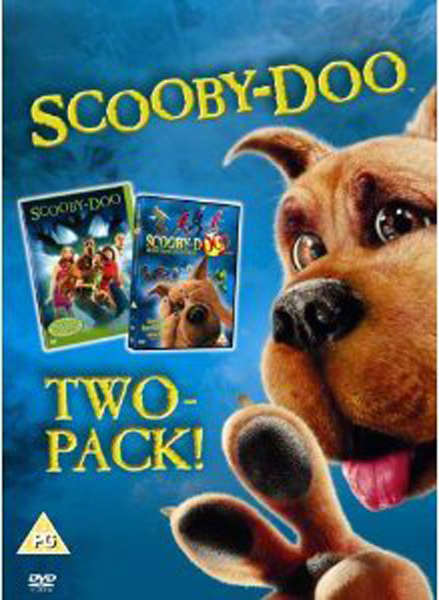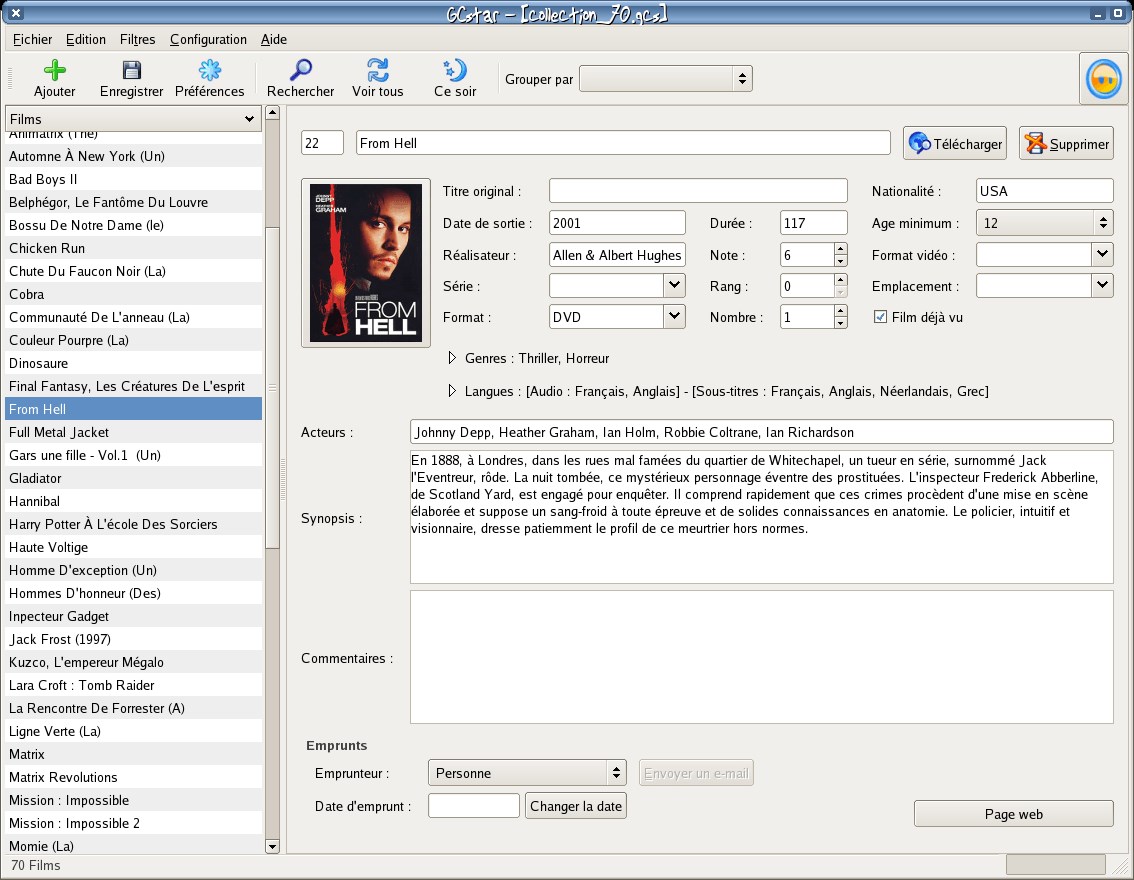

For them, some merciful people have introduced movie list so thanks to them on behalf of the movie monsters!Ī movie list is a list as the name suggests which is used to keep the records of favorite movies.

Movie freaks are interested in keeping records of their movies. We like to keep records of our favorite things. This sounds ridiculous but you would surely end up at this conclusion once you’re done with meeting a movie freak. They have come to this world merely for the purpose of watching movies. To learn about Collection, read the section below.Some people are differently different. Let's walk through the interfaces and their implementations. If MutableList was a subtype of MutableList, you could insert other Shape inheritors (for example, Circle) into it, thus violating its Rectangle type argument.īelow is a diagram of the Kotlin collection interfaces: In turn, mutable collections aren't covariant otherwise, this would lead to runtime failures. Maps are covariant on the value type, but not on the key type. In other words, the collection types have the same subtyping relationship as the element types. This means that, if a Rectangle class inherits from Shape, you can use a List anywhere the List is required. The read-only collection types are covariant.

numbers = mutableListOf("six", "seven") // compilation error Val numbers = mutableListOf("one", "two", "three", "four") Although, if you try to reassign a val collection, you'll get a compilation error. Note that altering a mutable collection doesn't require it to be a var: write operations modify the same mutable collection object, so the reference doesn't change. A pair of interfaces represent each collection type:Ī read-only interface that provides operations for accessing collection elements.Ī mutable interface that extends the corresponding read-only interface with write operations: adding, removing, and updating its elements. The Kotlin Standard Library provides implementations for basic collection types: sets, lists, and maps. The collection interfaces and related functions are located in the llections package. So, the Kotlin Standard Library offers generic interfaces, classes, and functions for creating, populating, and managing collections of any type. In other words, you add a String to a list of Strings the same way as you would do with Ints or a user-defined class. Kotlin lets you manipulate collections independently of the exact type of objects stored in them. Maps are useful for storing logical connections between objects, for example, an employee's ID and their position. Keys are unique, and each of them maps to exactly one value. Map (or dictionary) is a set of key-value pairs. For example, the numbers on lottery tickets form a set: they are unique, and their order is not important. Generally, the order of set elements has no significance. It reflects the mathematical abstraction of set: a group of objects without repetitions. An example of a list is a telephone number: it's a group of digits, their order is important, and they can repeat. Elements can occur more than once in a list. List is an ordered collection with access to elements by indices – integer numbers that reflect their position. The following collection types are relevant for Kotlin: For example, all the students in a department form a collection that can be used to calculate their average age. Objects in a collection are called elements or items. The Kotlin Standard Library provides a comprehensive set of tools for managing collections – groups of a variable number of items (possibly zero) that are significant to the problem being solved and are commonly operated on.Ĭollections are a common concept for most programming languages, so if you're familiar with, for example, Java or Python collections, you can skip this introduction and proceed to the detailed sections.Ī collection usually contains a number of objects (this number may also be zero) of the same type.


 0 kommentar(er)
0 kommentar(er)
